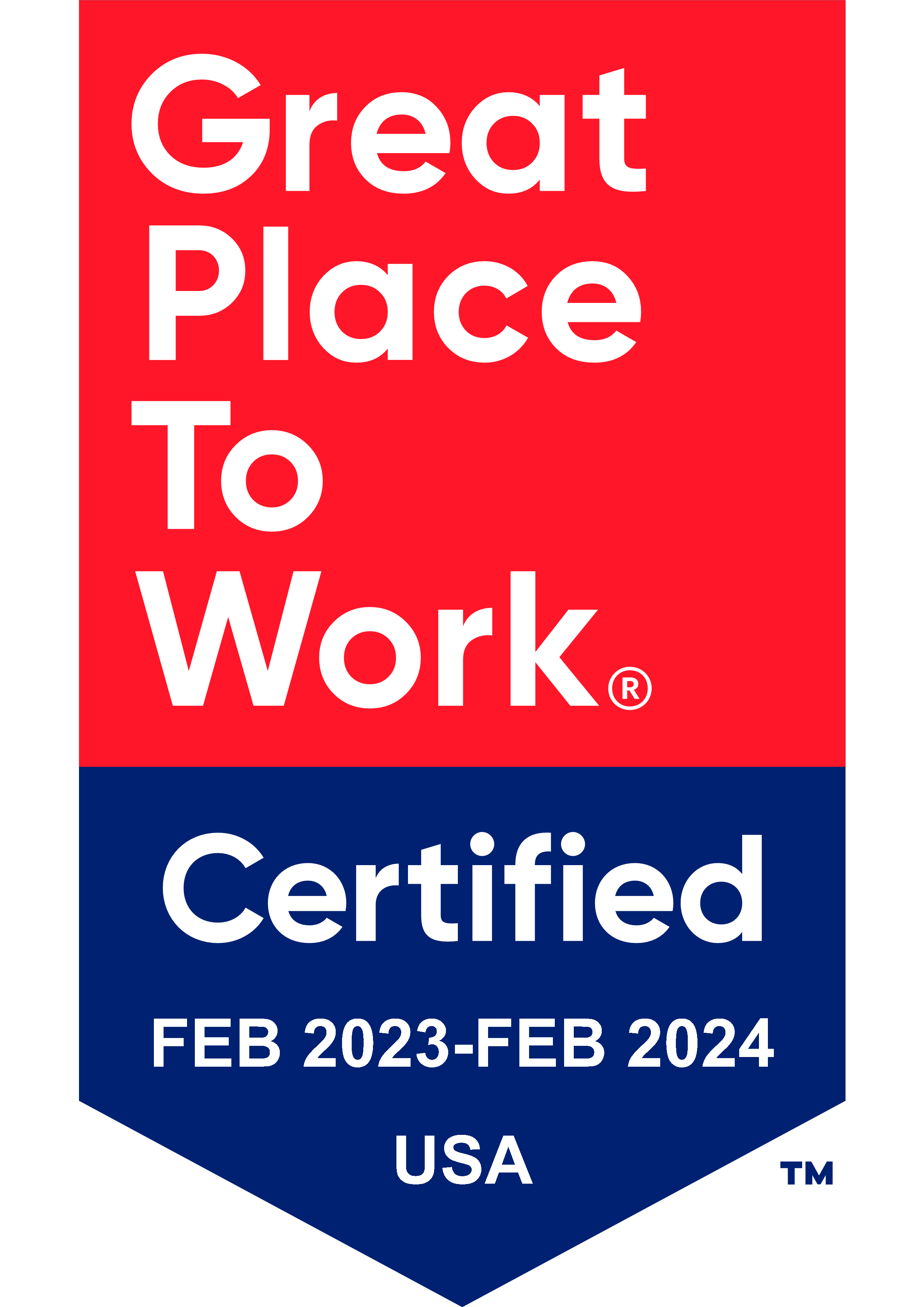If you’re among the millions working from home, you don’t have to despair about falling behind schedule with your audit plan. Technology can keep you on track.
Working remotely is nothing new, and the pros and cons of doing so are well understood. Yet most audits are still conducted in person. Why? Well, some aspects of auditing are difficult to perform remotely, especially when a direct observation of manufacturing processes or paper documents is involved. Also, the human connection is powerful. A skilled auditor can read nonverbal clues while interviewing auditees. And let’s not forget that auditors are your partners, not adversaries. Rapport matters.
All that being said, there are many instances in which doing a virtual audit makes sense, or as the COVID-19 pandemic has shown us, makes it the preferred or only option.
When our medical device clients inquire about remote audits, we first ask a few baseline questions:
- Are most of your RA/QA documents and records maintained digitally? Which are not?
- Do your employees have remote access to the systems where documents and records are stored electronically?
- Does your company have confidentiality policies that would limit your ability to share documents and records electronically, either as files or via online meetings?
- Will the scope of the audit require a review of your manufacturing operations in process or certain areas of your facility?
A virtual inspection follows the standard audit process while using Information and Communication Technologies (ICT) to verify objective evidence. Remote and remote audits are perfectly acceptable to all conformity assessment bodies and there’s an entire section in ISO 19011:2018 (the international standard on how to audit) explaining this.
Remote audit checklist – are you ready?
Most auditors – including Oriel STAT A MATRIX use ICT platforms such as Zoom, Teams or Webex to conduct audits. It’s very likely you have too so we won’t explain how these work. Once you have established that a remote medical device audit makes sense for your situation, you’ll want to start asking some questions of your assigned auditor.
Learn how to effectively complete all phases of the audit process in a remote format in our new class, Conducting a Remote Medical Device QMS Audit
Here’s a checklist of things to ask well before the audit:
- Pulling records – Your auditor still needs to pull a sampling of records for the audit, so ask him/her how this will be done, which types of records will be needed, and in what format the records should be (example: screenshots of folders showing record files).
- How files will be shared – Ask whether this will be done using the online platform in real time, via SharePoint/Dropbox/Teams, or via email.
- Who will be interviewed – Ask the auditor which of your internal subject matter experts might be called on to be interviewed for each topic area. Remember that process-based auditing may include more than the obvious subject matter experts for a topic (example: an audit of your purchasing process may involve people from the design and development group, not just the purchasing group).
- Confidentiality and security – Ask your auditor if the session will be recorded and how the documents you share with him/her will be accessed, saved, and discarded after the audit.
- What to do if the auditee gets disconnected – It happens. Your auditor should tell all auditees what to do in case the session is disconnected or you have technical issues.
- Agree on breaks – Audits are exhausting for both the auditee and the auditor. Discuss how personal, lunch, and other breaks will be handled.
Preparing for a remote medical device audit
Here is a list of issues you need to address on your own, days before the audit is scheduled to occur.
- File access – Put as many relevant documents as possible into one desktop folder so you are not rifling through the entire company folder structure on a treasure hunt as the auditor looks on while screen sharing. You never know what may pique an auditor’s interest.
- Disable chat – Have you ever been on a screen-sharing session and the presenter had an embarrassing email or message pop up on his/her desktop’ Don’t let that be you. Disable chat and quit (not minimize) Outlook altogether.
- Do a technical check – Auditor and auditee should test-drive the ICT technology platform a day or two prior to the audit to ensure there are no issues with audio, video, browser compatibility, internet speed, etc.
- Have a contingency plan – Employees get sick, kids get sick, family emergencies happen, snowstorms happen. Whatever the cause, think about what you will do if one of these situations happens to you or another auditee on the day of the audit. Will all documents still be accessible from home?
- Get an external speaker/mic – Your laptop speakers and microphone are fine for an hour-long meeting. For a day-long audit, headphones or an external mic/speaker are the way to go. The audio quality is often much better.
- Opening and closing meetings – Think about how you are going to do this. If you need to pull together the management and auditing teams, will that be done in your conference room or will you be using the online platform to gather everyone together’ If the latter, do a 5-minute dry run the day before.
You have time right now and a remote audit might be the key to staying on schedule.
Let’s talk about it. Oriel STAT A MATRIX has a team of highly qualified medical device auditors located in the US, Europe, and Asia. Time zones are no issue for us. Learn more about how we can assist Know More.




